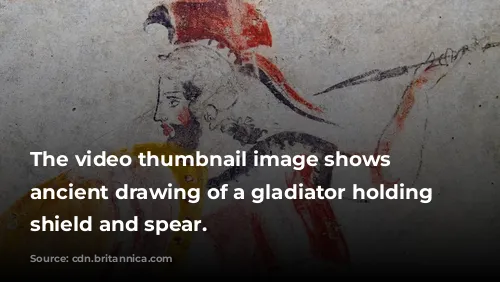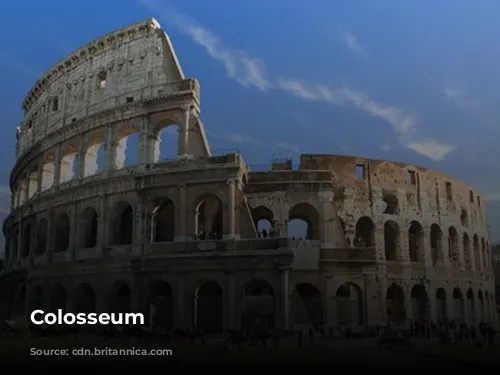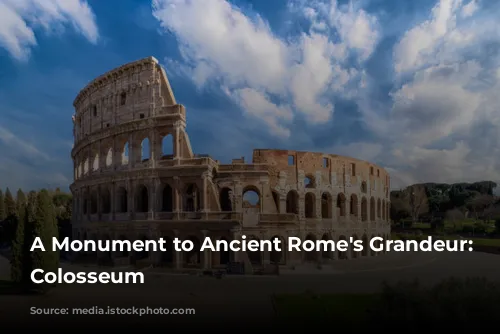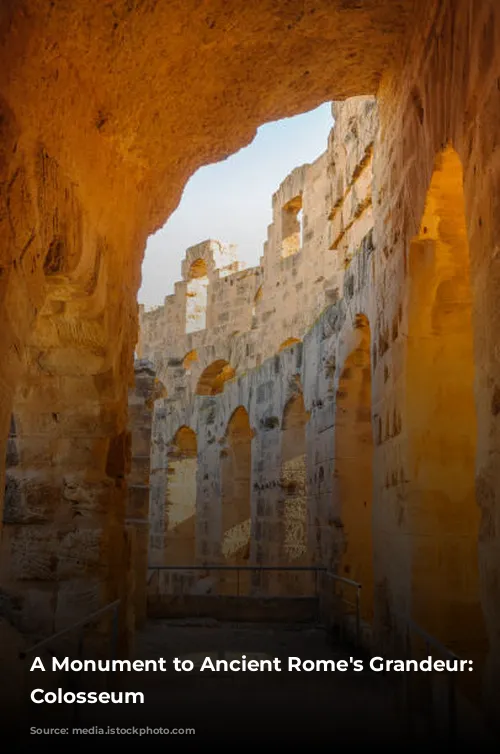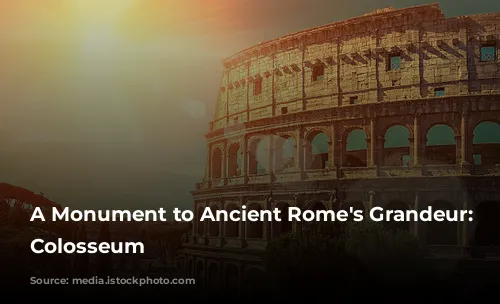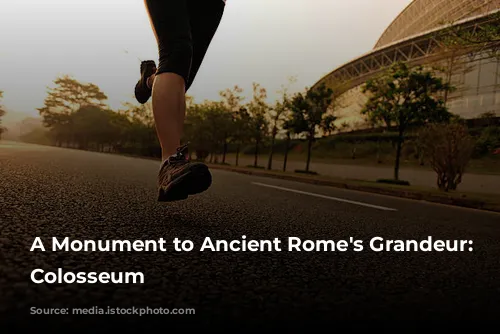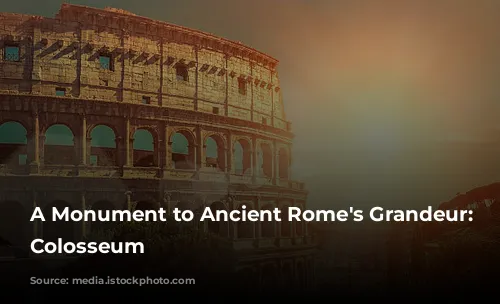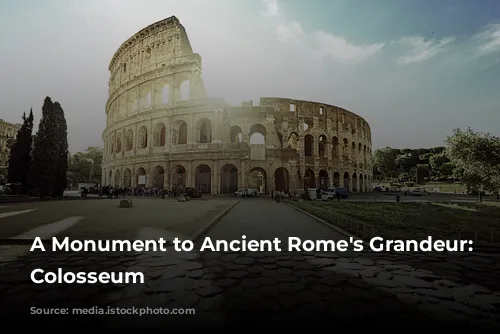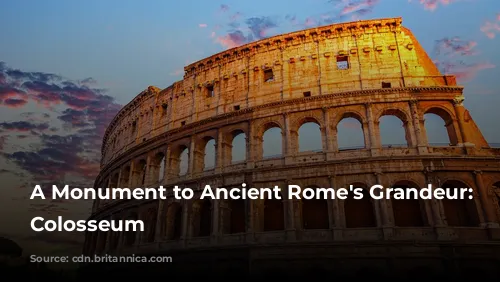Standing tall as one of the few relatively intact structures from the Roman Empire, the Colosseum serves as a powerful testament to the remarkable architectural and engineering skills of the ancient Romans. It’s not only a captivating historical landmark but also a significant source of tourism revenue for Italy. In 2018 alone, the Colosseum, along with the Roman Forum and Palatine Hill, generated over $63.3 million (€53.8 million), making it the top tourist attraction in the entire country.
Unfortunately, the Colosseum endured a period of significant neglect after the fall of the Western Roman Empire. During the 12th century, the Frangipane and Annibaldi families repurposed the arena as their fortress, stripping away its original glory. This was followed by a period in the late 15th century when Pope Alexander VI allowed the Colosseum to be used as a quarry, further diminishing its splendor. It wasn’t until the 1990s that state-funded restoration efforts finally began, after over a thousand years of neglect.
The Rise of a Spectacle
The construction of the Colosseum was a strategic move by the Roman emperors to revitalize Rome after the turbulent “Year of the Four Emperors” in 69 CE. Just like other amphitheaters, Emperor Vespasian envisioned the Colosseum as a center of entertainment, a stage for spectacular events like gladiator fights, animal hunts, and even mock naval battles.
Work on the Colosseum commenced under Emperor Vespasian between 70 and 72 CE. His son and successor, Titus, dedicated the completed structure in 80 CE. Emperor Domitian added the fourth story in 82 CE. Interestingly, the funding for the arena came from the spoils of war, specifically from Titus’s conquest of Jerusalem in 70 CE. The Colosseum’s construction, therefore, was built using the labor of enslaved Jews from Judaea.
A Masterpiece of Architecture
The Colosseum is a magnificent amphitheater, constructed in Rome under the Flavian emperors of the Roman Empire. Often referred to as the Flavian Amphitheater, it is an elliptical structure, built using a combination of stone, concrete, and tuff, and stands four stories tall at its highest point. Its impressive dimensions of 620 by 513 feet (189 by 156 meters) could accommodate up to 50,000 spectators. The Colosseum is, of course, famously known for its gladiator battles.
Located just east of the Palatine Hill, on the site of Nero’s Golden House, the Colosseum stands as a symbol of power and grandeur. The artificial lake that was the centerpiece of Nero’s palace was drained, and the Colosseum was built in its place, a decision that was as much symbolic as it was practical. Vespasian, who came from humble beginnings, chose to replace the tyrannical emperor’s private lake with a public amphitheater that could host tens of thousands of Romans.
A Triumph of Engineering and Design
The structure was officially dedicated in 80 CE by Titus, in a ceremony that included 100 days of games. Domitian later completed the work by adding the uppermost story in 82 CE. Unlike earlier amphitheaters, which were often built into hillsides for support, the Colosseum is a freestanding structure of stone and concrete. It incorporates a complex system of barrel vaults and groin vaults and boasts an impressive size of 620 by 513 feet (189 by 156 meters). The Colosseum’s three stories are encircled by arcades, adorned with engaged columns in the Doric, Ionic, and Corinthian orders. The arrangement of these columns influenced the Renaissance codification known as the assemblage of orders.
The Colosseum’s main structural framework and facade are made of travertine, while the secondary walls are of volcanic tufa. The inner bowl and arcade vaults are crafted from concrete. This combination of materials reflects the ingenuity of Roman engineering.
A Spectacle for the Masses
The Colosseum could accommodate approximately 50,000 spectators who were protected from the sun by a massive retractable awning called a velarium. Supporting masts extended from corbels built into the Colosseum’s top story, and hundreds of Roman sailors were required to manage the rigging that extended and retracted the velarium. The Colosseum witnessed countless spectacles, including hand-to-hand combats between gladiators, contests between humans and animals, and even larger combats like mock naval engagements.
However, the Colosseum’s association with the martyrdom of early Christians is uncertain, despite popular belief.
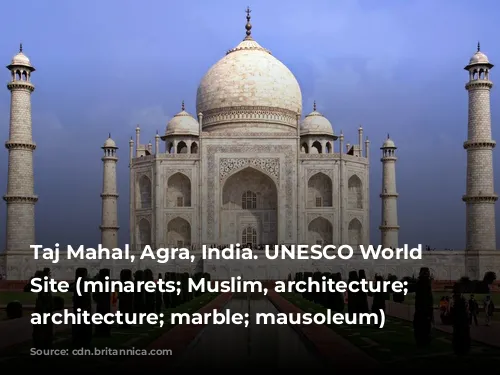
A Legacy of Decline and Rebirth
In medieval times, the Colosseum underwent various transformations. It was first used as a church, then as a fortress by the prominent Frangipane and Annibaldi families. Sadly, the Colosseum suffered damage from lightning strikes, earthquakes, and vandalism. The marble seats and decorative materials were stripped away, and the site was treated as a quarry for over 1,000 years. The preservation of the Colosseum began in earnest in the 19th century, with notable efforts led by Pope Pius VIII. A significant restoration project was undertaken in the 1990s. Today, the Colosseum is one of Rome’s most popular tourist attractions, welcoming close to seven million visitors annually. Rotating exhibitions related to ancient Roman culture are regularly held, ensuring that the Colosseum’s legacy lives on.
The Colosseum stands as a powerful symbol of ancient Rome’s achievements, a testament to the enduring power of architecture and engineering. This remarkable structure continues to captivate visitors from around the world, offering a glimpse into the grandeur and spectacle of the Roman Empire.
